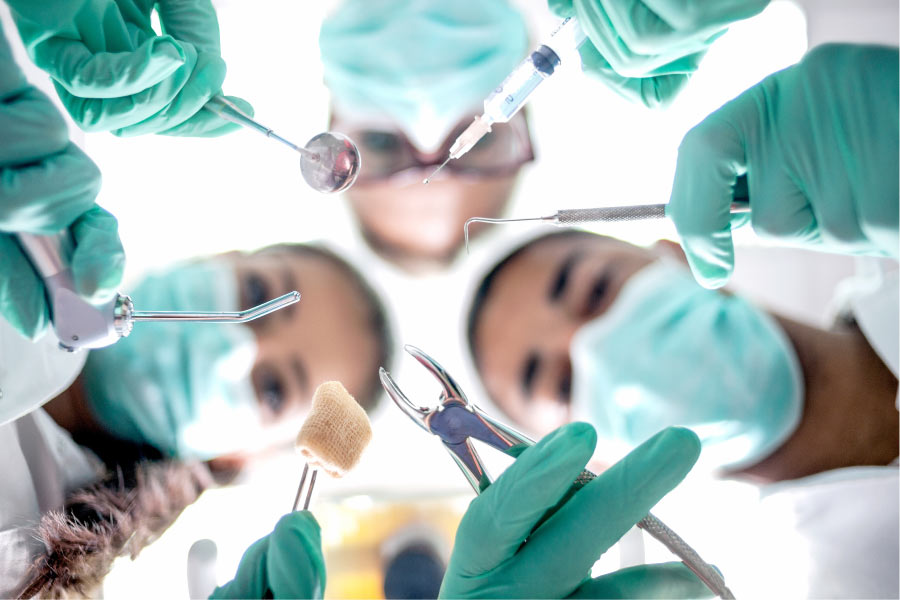Last Updated on December 22, 2023 by PracticeCafe

When possible, dentists prefer to save your natural teeth. There are some instances, however, when saving the natural tooth isn’t possible, and the best option is to extract the tooth. We’ll review some of the times your dentist may need to extract the tooth, and what some options following an extraction are.
Severe Cavities
Cavities, or tooth decay, occur when bacteria build up and eat holes into the tooth. These cavities weaken the tooth and can cause pain and discomfort if the infection makes its way into the sensitive inner pulp. If the damage has severely impacted the strength and integrity of the tooth, your dentist may find the best option to be extraction.
Impacted Teeth
Impacted teeth are teeth that fail to fully cut through the gums. Impacted teeth usually happen when the teeth don’t have adequate space in the mouth to grow in. This lack of space can lead to overcrowding, making it difficult to clean your teeth. Improperly cleaned teeth can lead to tooth decay, gum disease, and other oral problems. Because of this, your dentist may decide that extraction is the best way to protect your smile.
Severe Gum Disease
Gum disease that spreads unchecked can cause gum recession, which leads to loose teeth. When the teeth can no longer be supported by the gum and bone around them, extraction may be the best way for your dentist to address the deep infection.
Gentle, Comprehensive Dentistry in Portland, Oregon
Even if you have to have teeth extracted, there are restorative treatments your dentist can offer once your mouth is healed. Losing a tooth doesn’t have to be scary or permanent.
If you need a tooth extraction or are looking for other dental services, call Trillium Dental today to schedule an appointment with our knowledgeable and compassionate staff.
Contact Us
